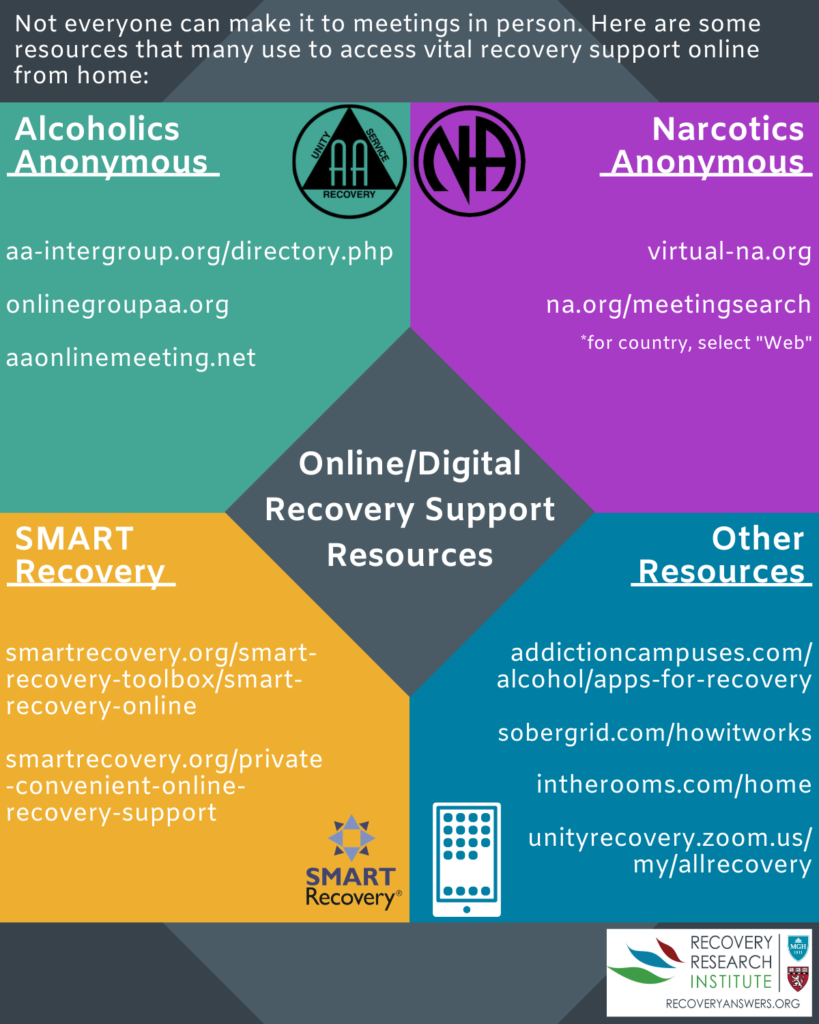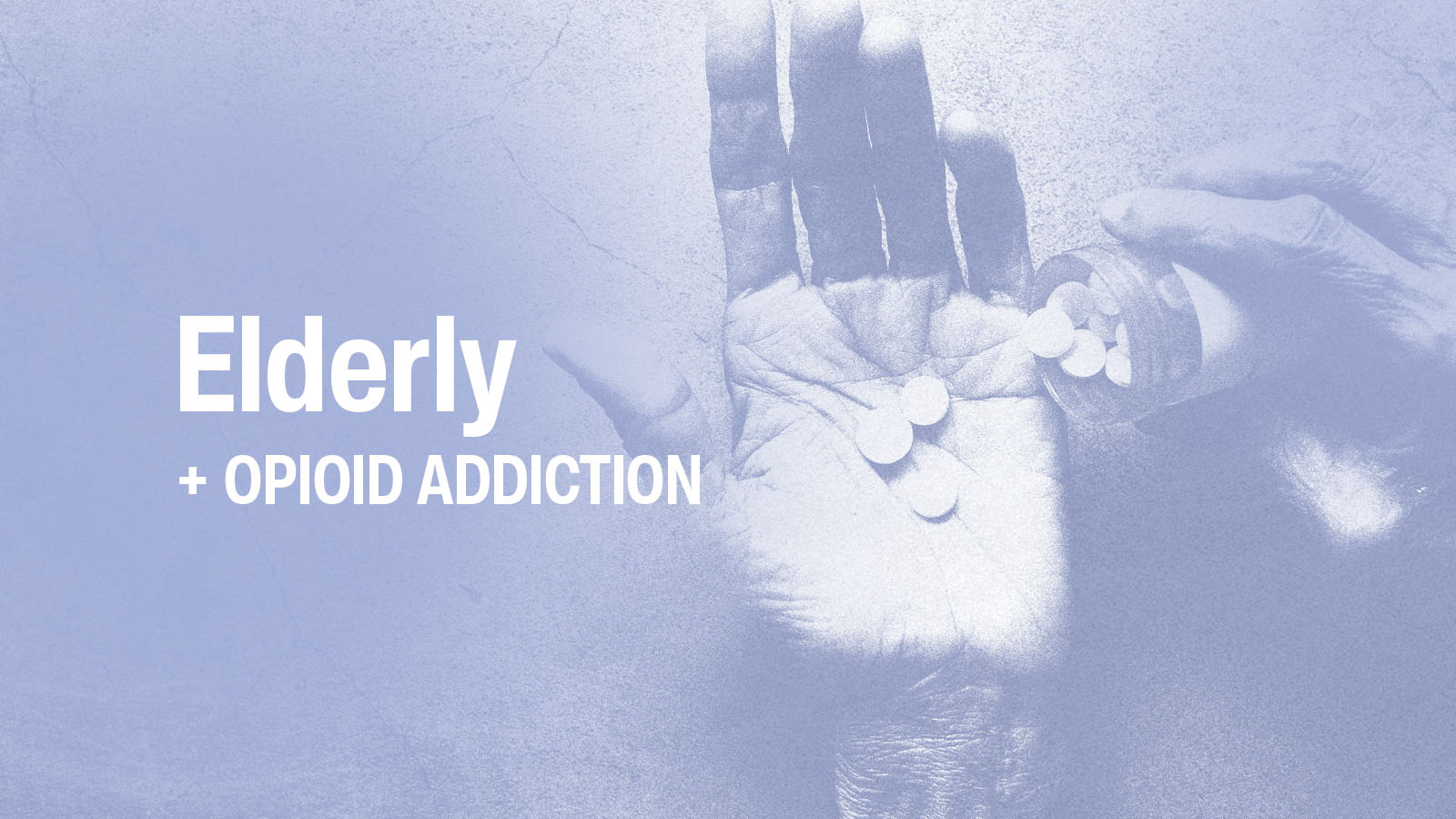This is an evolving document created in collaboration with Ophelia. It will be updated and clarified as information becomes available. Tweet tips and questions to @bozannza or email zanna@meetophelia.com. Last updated on 03/24/20 at 10:40 AM ET.
To help others get their medication safely, please add information about policies and experiences at specific clinics (anywhere in the country) here.
Overview
In response to the national state of emergency in the United States due to the novel coronavirus, federal regulations around medications for treating opioid dependence have been relaxed. Implementation of these exceptions in terms of take-home medications and telehealth visits will vary state by state, and clinic by clinic.
To ensure that people who need these medications are able to access them without putting themselves or others at a higher risk of getting sick, this post is intended to compile as much available information as possible— from federal policy to on-the-ground experiences at clinics.
Federal policy
- The Substance Abuse and Mental Health Services Administration (SAMHSA) has issued guidance to states that they may request blanket exceptions for all patients to receive 28 or 14 days of take-home medications, depending on the stability of patients, at the clinic’s discretion.
- The Drug Enforcement Agency (DEA) has waived the requirement of an initial in-person consultation with a provider (Ryan Haight act) in order to prescribe controlled substances.
If you are trying to get your medication, this means that you are entitled to 28 or 14 days of take-home medication, depending on your state (see below). It also means that if you are seeking help for opioid dependence, you do not need to see a provider in-person for the initial visit in order to get a prescription.
State policies
California: telehealth is encouraged. Take-home medication is on a clinic by clinic basis, since each narcotics treatment program (NTP) must apply for blanket exemption from the California Department of Health Care Services.
- Telehealth is encouraged for all appointments.
- Stable patients taking methadone should be given 28 or 14 days of take-home doses, at the clinic’s discretion.
- Any patient with a confirmed case of COVID-19, symptoms of COVID-19 or high-risk co-morbidities should be given take-home doses.
- For all patients taking buprenorphine: “programs should seek to maximize the ability of patients to take their buprenorphine at home during the COVID-19 crisis. OTPs can also consider temporarily switching from dispensing buprenorphine to prescribing it for patients as deemed clinically appropriate and safe by the medical provider.”
Pennsylvania: Opioid treatment programs may provide patients with 28 or 14 day supplies of take-home medications, at the provider’s discretion.
- Telehealth for continued counseling and prescribing should be used where possible.
- Patients taking buprenorphine are not restricted by regulatory requirements and should be given take-home medication. OTPs should switch from dispensing to prescribing buprenorphine as much as possible. “Programs shall seek to maximize the ability of patients to take their buprenorphine at home during the COVID-19 crisis.”
- Patients who previously qualified for take-home medications should be given a 7–28 day supply, at the provider’s discretion.
- Patients with no or only one earned take-home should be given up to 7-days take-home medications. “Prescribers must be extremely cautious with patients who continue to have positive UDS for fentanyl or fentanyl analogues. If this is the case, consider continued daily dosing for these high- risk patients.”
Other sources of information
- American Society of Addiction Medicine Coronavirus Resources page is updated regularly with national and state guidance, plus relevant news.
- SAMHSA medication-assisted treatment information page
Harm reduction resources
COVID-19 Guidance for People Who Use Drugs and Harm Reduction Programs
Online recovery resources and crisis helplines
The SAMHSA Disaster Distress Helpline is staffed 24/7 and is available to the public for anyone feeling stress due to the emergency: (800) 985–5990.
Online resources from the Recovery Research Institute

Sources





